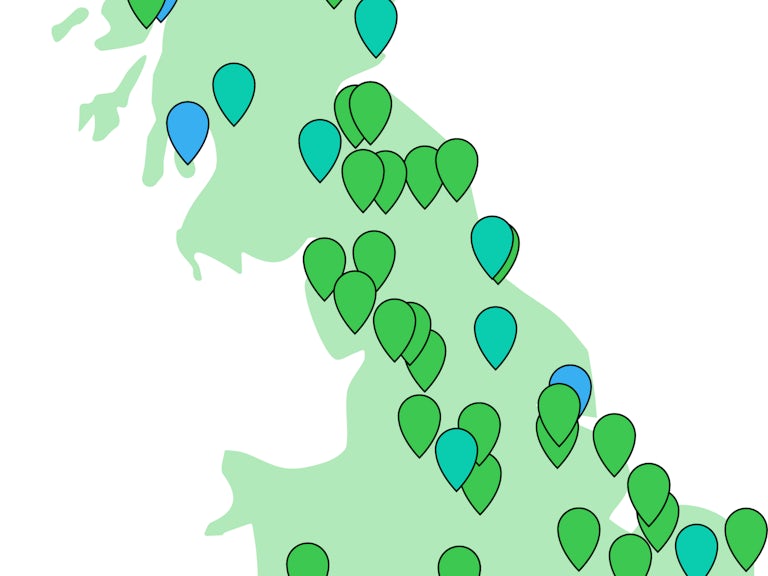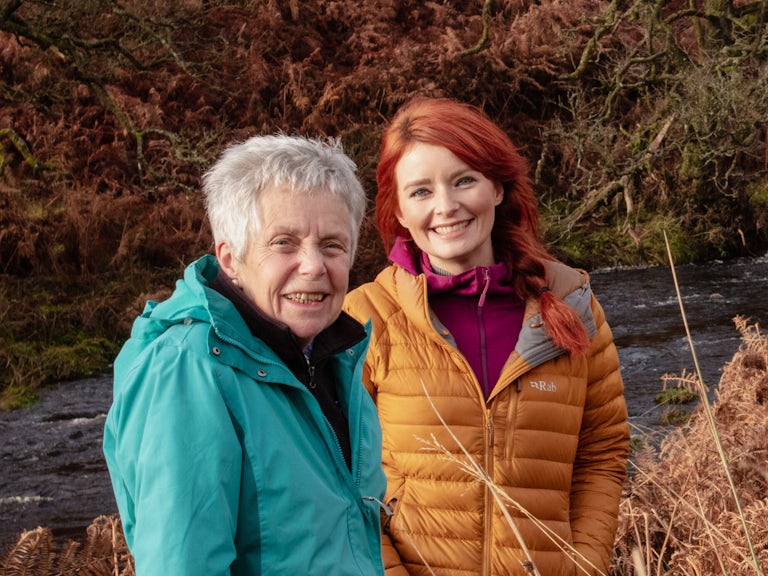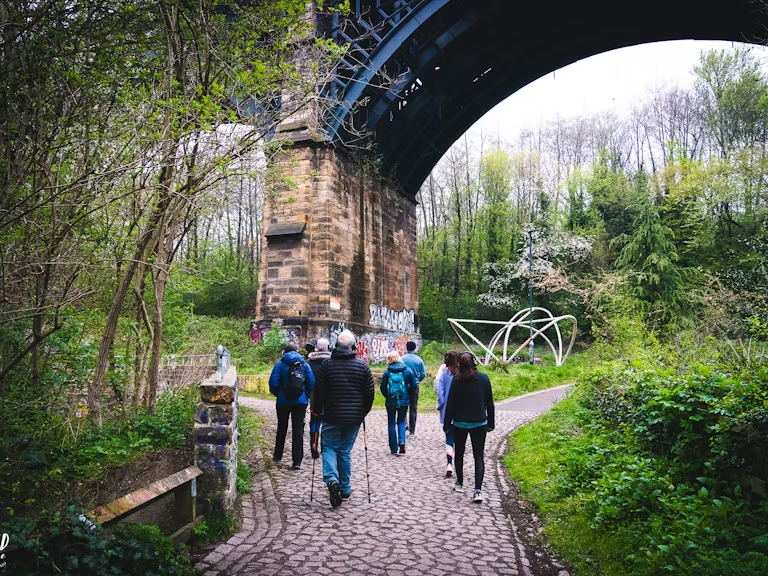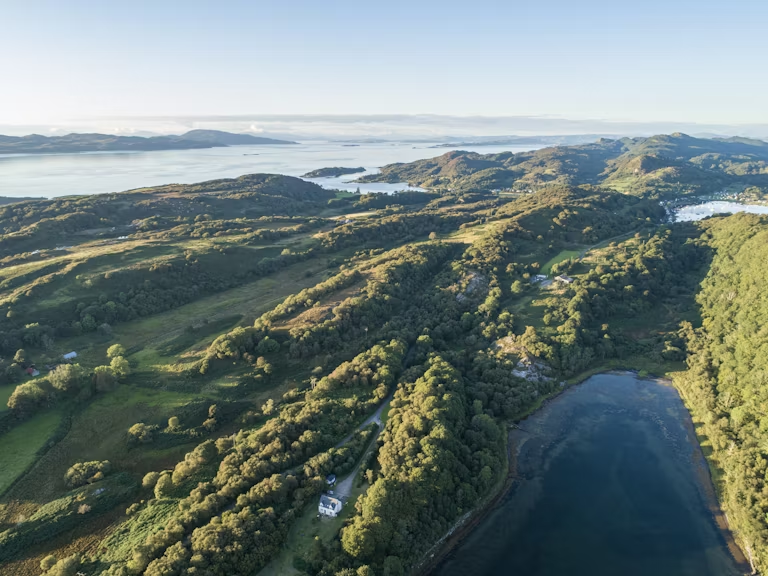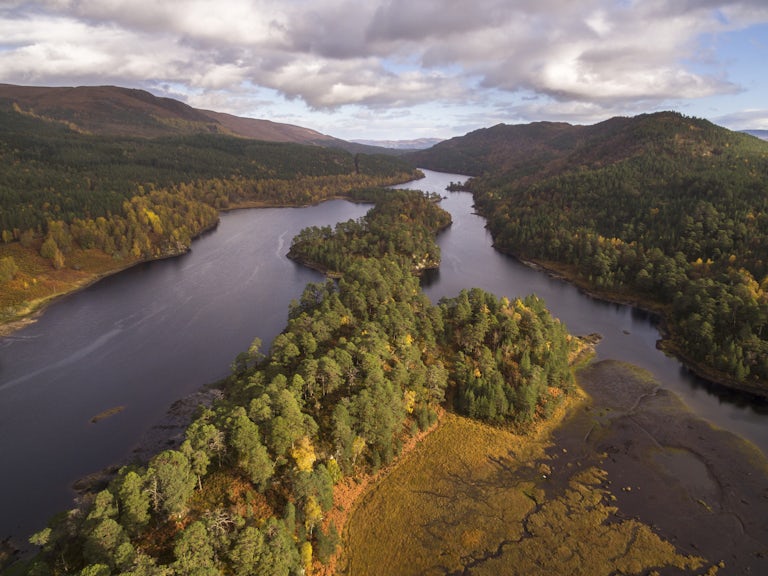Case study: The Atlantic Rainforest Restoration Programme
Insurance company Aviva is working in a £38 million, 100-year partnership with The Wildlife Trusts to restore Britain’s lost temperate rainforests, while helping it reach net zero — in what is believed to be “the largest ever corporate donation into nature conservation in the UK.”

In summary
- Project type: Corporate/non-profit partnership
- Location: UK-wide
- Current Income: Corporate donation
- Projected Income: Carbon credits, biodiversity credits, water credits
The above introduction are the words of Stan Smith, The Wildlife Trusts’ Programme Manager for The Atlantic Rainforest Restoration Programme. Under the scheme, Wildlife Trusts across the UK will restore 1,755 ha (4,337 acres) of temperate rainforest. This rare and biodiverse habitat used to cover one-fifth of the land stretching from Cornwall to the west of Scotland, but is now limited to approximately 1% of the UK.
It’s projected that the restoration will sequester an estimated 222,000 tonnes of carbon by 2050 and a total of 800,000 tonnes by the end of the 100 years. Carbon credits realised under the Woodland Carbon Code as a result of the rainforest restoration will be passed to Aviva to help the company reach net zero, taking into account its anticipated supply chain emissions over the next 10 – 15 years, by 2040.
Explore our Rewilding Financing Report
Uncover our blueprint for a game-changing shift in funding and investment for rewilding.
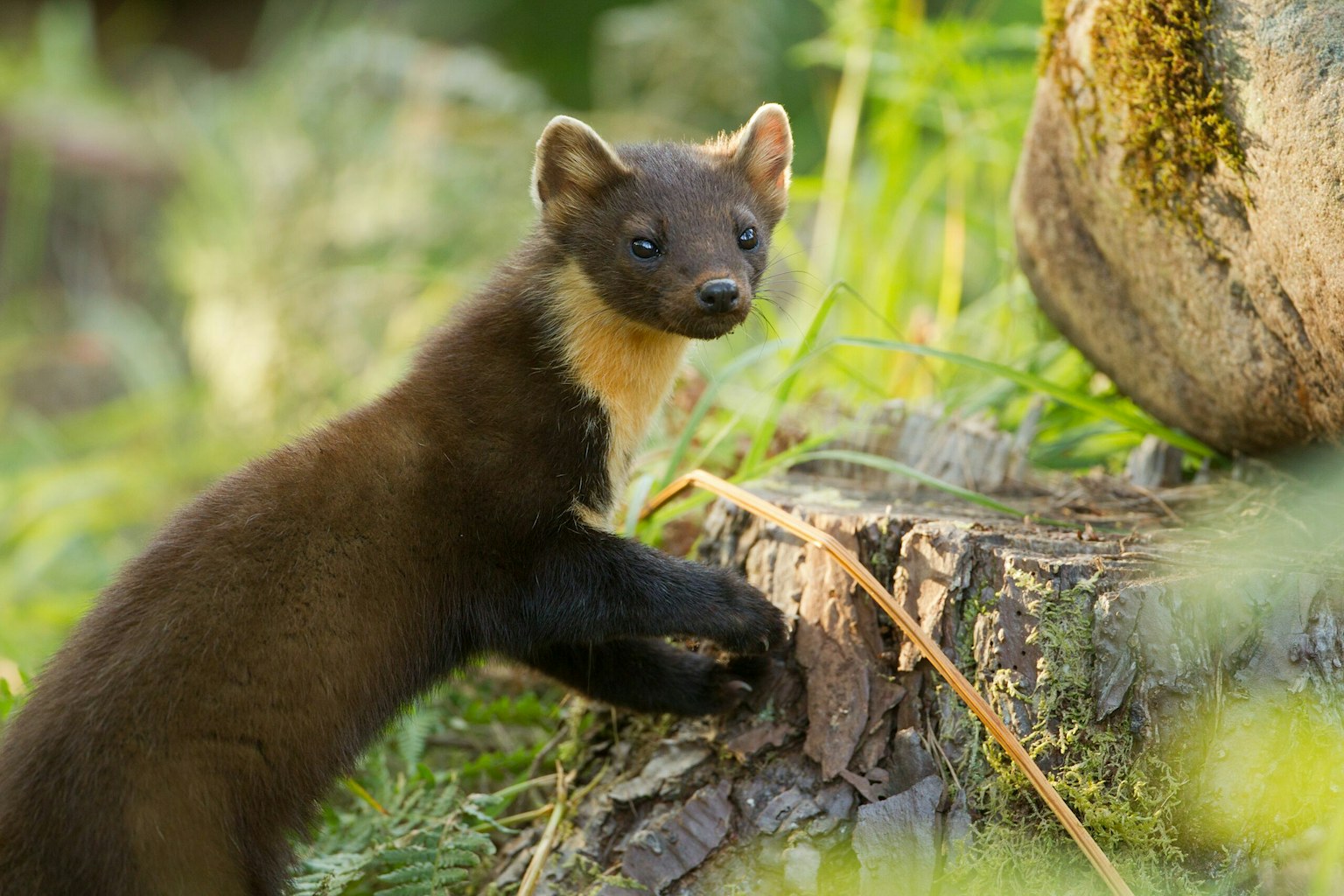
The programme isn’t a transactional relationship with Aviva where a certain amount of carbon credits are produced in return for its investment, says Smith, but a partnership that aims to maximise biodiversity and positive outcomes for local people and demonstrate how much carbon can be removed as a result. “Aviva’s involvement sits somewhere between a direct investment and philanthropy, because the long-term outcomes of rainforest restoration are still unknown.”
It’s important when partnering with big corporates to ensure that all parties understand and appropriately manage the risk, he explains. “If you don’t get the contracting right [it] could easily bankrupt a small rewilding project or charity. Appropriate legal advice is essential.” Aviva is also funding academic research to assess how other benefits of the rewilding scheme can be quantified, including the possibility of generating water and biodiversity credits. Restoring the temperate rainforest will do so much more than simply absorbing carbon. By encouraging a habitat that supports mosses, lichens, ferns and a host of rare species, the project will help moderate water flows, and improve shading in the hotter, drier conditions expected with climate change.
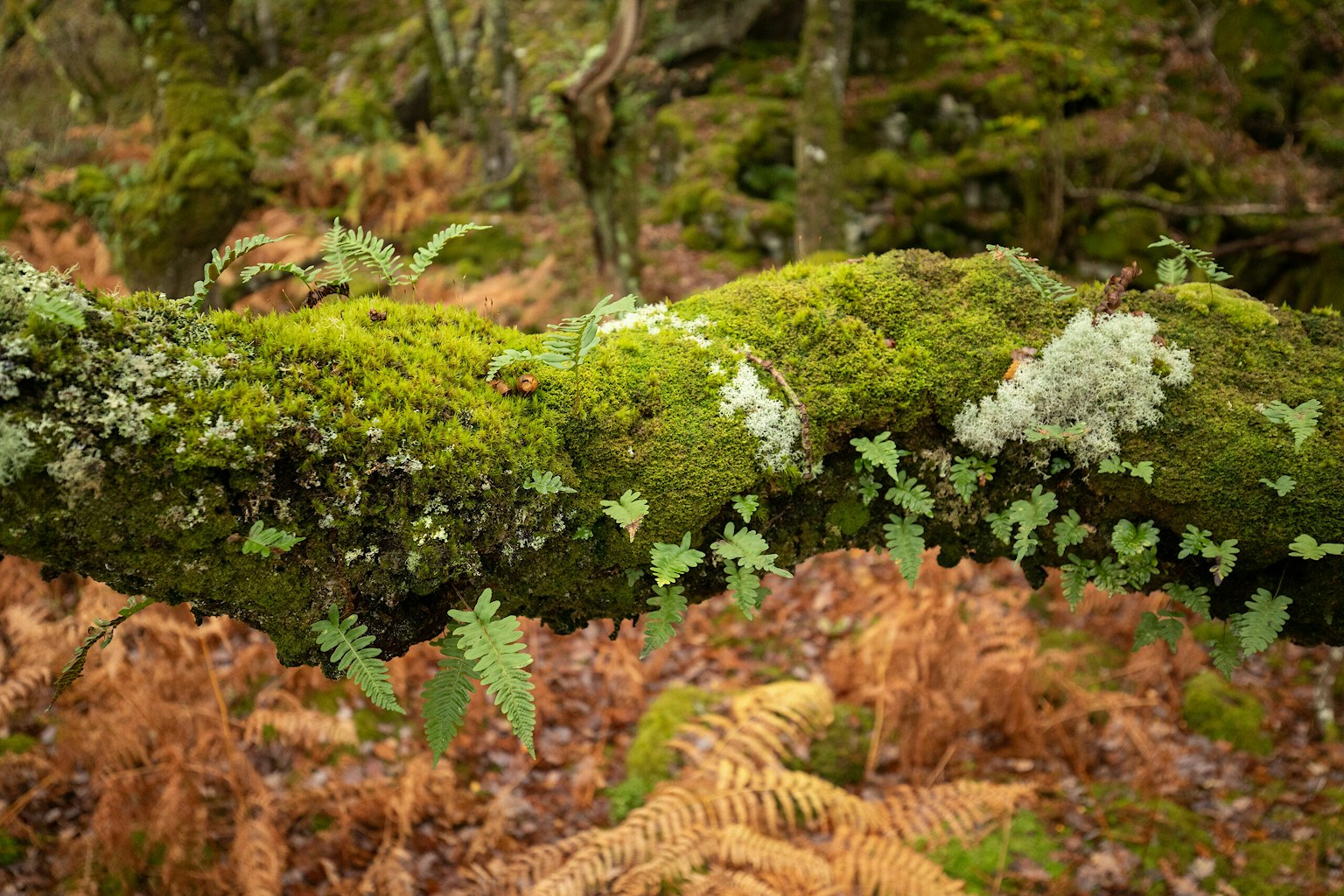
The ability to ‘stack’ different ecosystem services generated by a project is crucial, argues Smith — but it’s currently not allowed under the Woodland Carbon Code. The code “was designed by foresters thinking about planting trees in straight rows, when we’re trying to create these amazing, rich temperate rainforests with all sorts of structural diversity.”
“If you could add a biodiversity credit on top of [carbon], then rewilding would make much more commercial sense,” Smith says. He’s hopeful that the programme’s ongoing discussions with the Woodland Carbon Code will help shape how future rewilding projects can use the code.
The programme plans to buy the land nationwide in just over four years and to create many real-world examples of how rewilding can work across the UK. “The next corporate that funds rewilding will have much less risk, because the gains will be much better understood,” says Smith. “The idea is that this will lead to nature conservation on a much greater scale.”
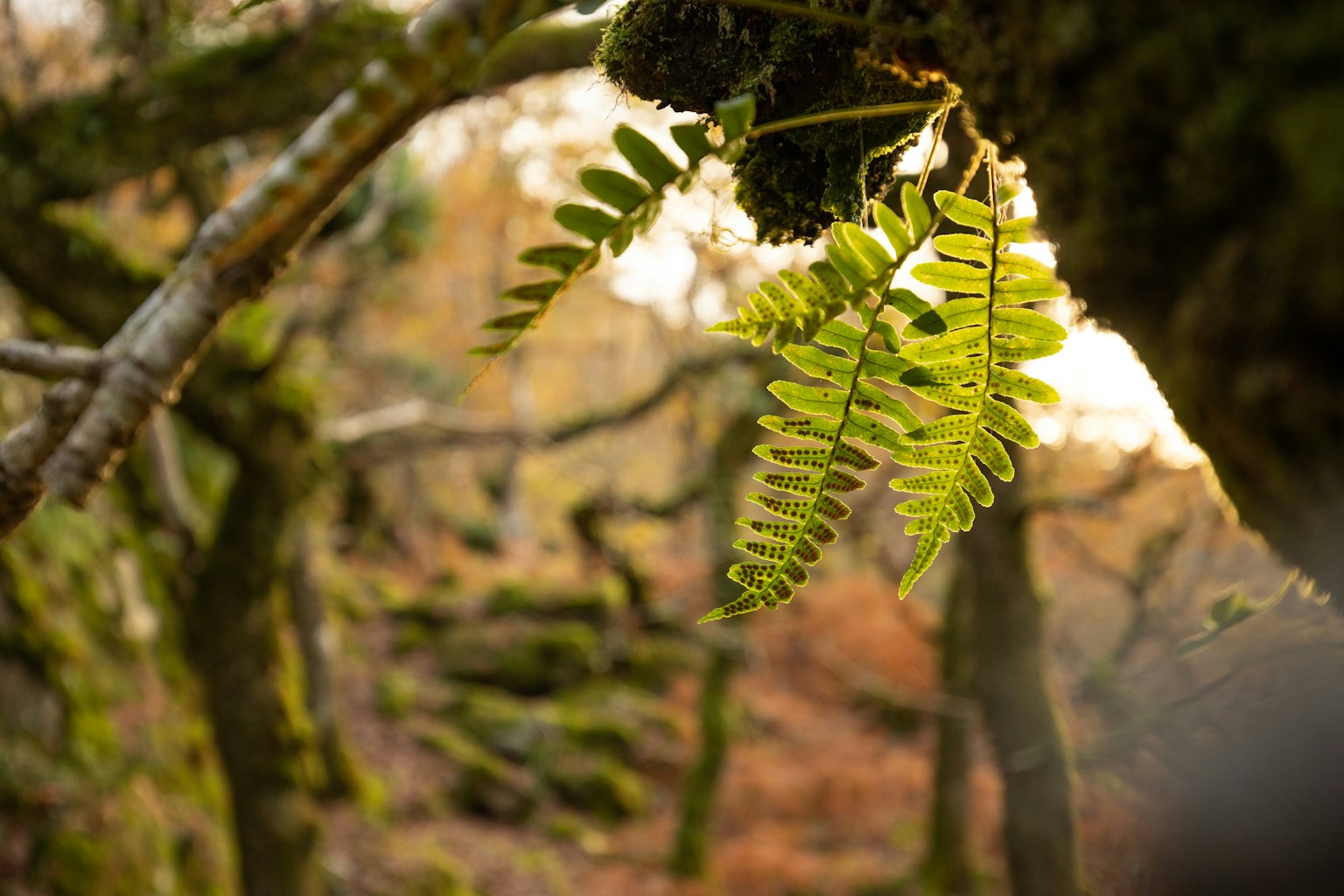
ENSURING COMMUNITY BENEFITS
One of the programme’s first three projects, run by Devon Wildlife Trust, will restore 30ha (74 acres) of temperate rainforest at Bowden Pillars Farm. Like all projects under the scheme, community benefits are central. The whole site (nearly 57ha, or 141 acres) was acquired through a community buyout by a consortium — including the Wildlife Trust — as a location to demonstrate rewilding, regenerative farming and sustainable housing, while providing access and opportunities for local people.
Find out more about the Atlantic Rainforest Restoration Programme
Published as part of our Rewilding Finance report, June 2024.
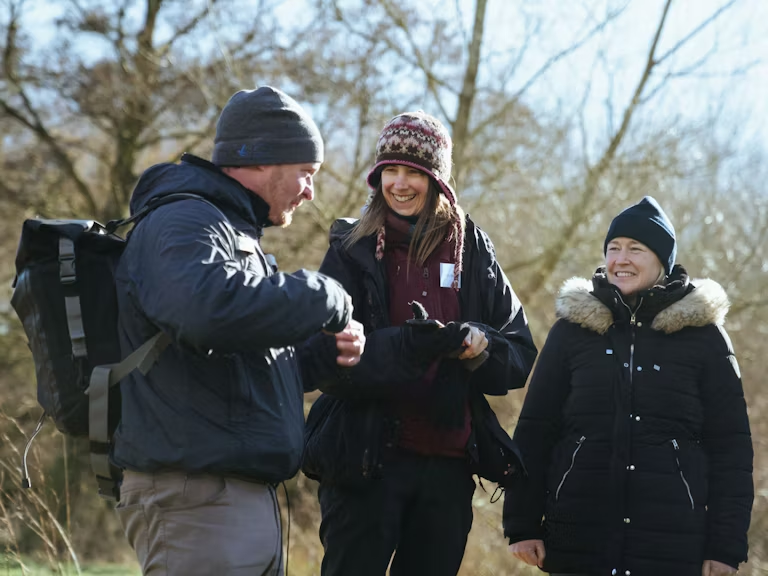
Join the Rewilding Network
Be at the forefront of the rewilding movement. Learn, grow, connect.
Join the Rewilding Network